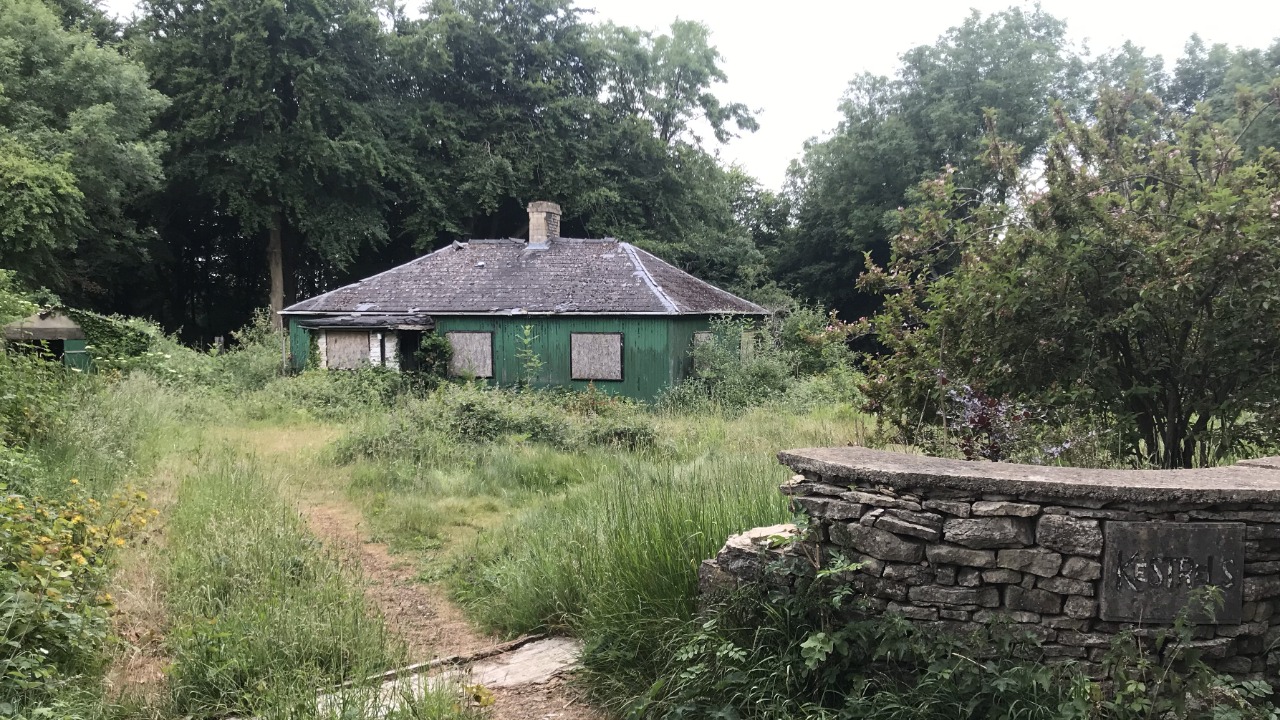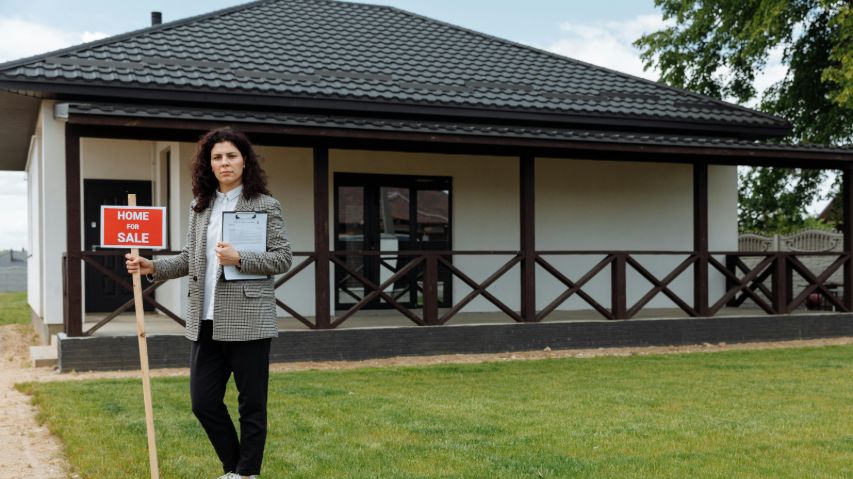Buying abandoned properties can be a lucrative venture if approached correctly. This article will guide you through the legal steps of purchasing abandoned properties and strategies to flip them quickly for a substantial profit. By understanding the process and leveraging the right opportunities, you can transform these neglected spaces into desirable investments.
Understanding Abandoned Properties
Abandoned properties are generally characterized as properties that have been deserted by their owners and left in disrepair. Many potential investors overlook these properties, yet they can often be acquired at a fraction of their market value. The appeal lies in their potential for high returns, especially once the property is revitalized and resold. Understanding what constitutes an abandoned property is crucial, as it involves recognizing the signs of neglect and legal abandonment, which can vary based on local regulations.
Current real estate market trends indicate a growing interest in these types of properties. As urban areas expand and housing prices soar, investors are increasingly turning to these neglected spaces. Data from key real estate resources show that flipping abandoned properties can be a profitable niche, particularly in areas where housing demand is high but supply remains limited.
Legal Considerations for Purchasing Abandoned Properties
Conducting thorough research and due diligence is paramount when considering the purchase of abandoned properties. This involves verifying legal ownership, understanding any existing property liens, and assessing potential risks. Without proper research, investors may face unforeseen legal battles or financial losses. It’s crucial to scrutinize the legal status of the property before making a commitment.
Navigating the legal hurdles associated with acquiring abandoned properties can be complex. The process often involves dealing with tax liens, attending auctions, and performing title searches to ensure a clear path to ownership. Understanding these processes allows you to make informed decisions and avoid potential pitfalls that could arise from legal complications.
Financing Your Abandoned Property Purchase
When it comes to funding your purchase, there are several options available. Traditional bank loans are one route, but they may not always be the most feasible for properties deemed high-risk. Alternatively, hard money lenders and private investors are often more willing to finance such ventures, albeit at higher interest rates. Choosing the right financing option is crucial to managing the financial aspects of your investment effectively.
In addition to securing financing, it’s important to consider the potential costs associated with purchasing and renovating abandoned properties. These can include repair costs, legal fees, and holding costs. Setting a realistic budget that accounts for these expenses will ensure you don’t face financial strain during the renovation phase and are prepared to flip the property successfully.
Strategies for Flipping Abandoned Properties Quickly
Renovating an abandoned property is an essential step in increasing its value and appeal to potential buyers. Focus on cost-effective renovations that offer the best return on investment. Key areas to consider include upgrading kitchens and bathrooms, enhancing curb appeal, and addressing any structural issues. These improvements can significantly boost the property’s market value and attract more buyers.
Effective marketing strategies are crucial for flipping properties quickly. Pricing your property competitively, staging it to highlight its best features, and leveraging real estate platforms can make a significant difference. Utilize digital marketing and social media to reach a broader audience, ensuring a faster sale and a quicker return on your investment.

Alexander Clark is a financial writer with a knack for breaking down complex market trends and economic shifts. As a contributor to The Daily Overview, he offers readers clear, insightful analysis on everything from market movements to personal finance strategies. With a keen eye for detail and a passion for keeping up with the fast-paced world of finance, Alexander strives to make financial news accessible and engaging for everyone.


